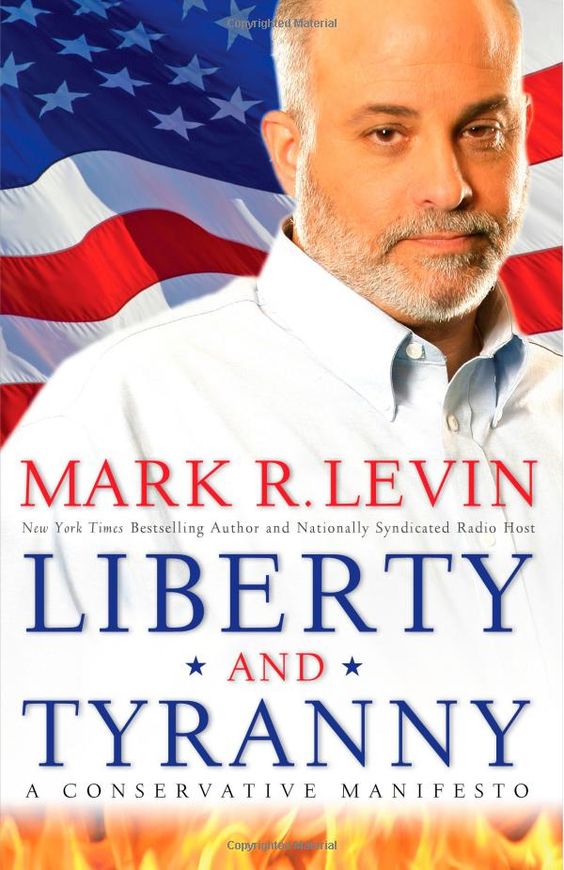There is simply no scientific or mathematical formula that defines conservatism. Moreover, there are competing voices today claiming the mantle of “true conservatism” — including neo-conservatism (emphasis on a robust national security), paleo-conservatism (emphasis on preserving the culture), social conservatism (emphasis on faith and values), and libertarianism (emphasis on individualism), among others. Scores of scholars have written at length about what can be imperfectly characterized as conservative thought. But my purpose is not to give them each exposition, as it cannot be fairly or adequately accomplished here, nor referee among them. Neither will I attempt to give birth to totally new theories.
U.S. Supreme Court, Official Site
The Supreme Court consists of the Chief Justice of the United States and such number of Associate Justices as may be fixed by Congress. The number of Associate Justices is currently fixed at eight (28 U. S. C. §1). Power to nominate the Justices is vested in the President of the United States, and appointments are made with the advice and consent of the Senate. Article III, §1, of the Constitution further provides that “[t]he Judges, both of the supreme and inferior Courts, shall hold their Offices during good Behaviour, and shall, at stated Times, receive for their Services, a Compensation, which shall not be diminished during their Continuance in Office.”

